Story highlights
Almost a quarter of Rio de Janeiro's population live in slums, or favelas
Favelagrafia shows daily life through residents' camera-phones
Poverty, crime and danger are common words used to describe Rio de Janeiro’s hilltop slums, known as favelas.
Both hated and romanticized by the media, their story has most often been written from the outside.
Related article: Inside Brazil’s sprawling art park
But now the residents of the slums that punctuate Brazil’s second largest city are fighting to recapture the narrative and make it their own.
Their weapon of choice? The camera-phone.
In a project dubbed Favelagrafia (Portuguese for slum photography), nine photographers – amateur and professional – from Rio’s favelas were chosen to capture what everyday life really looks like.
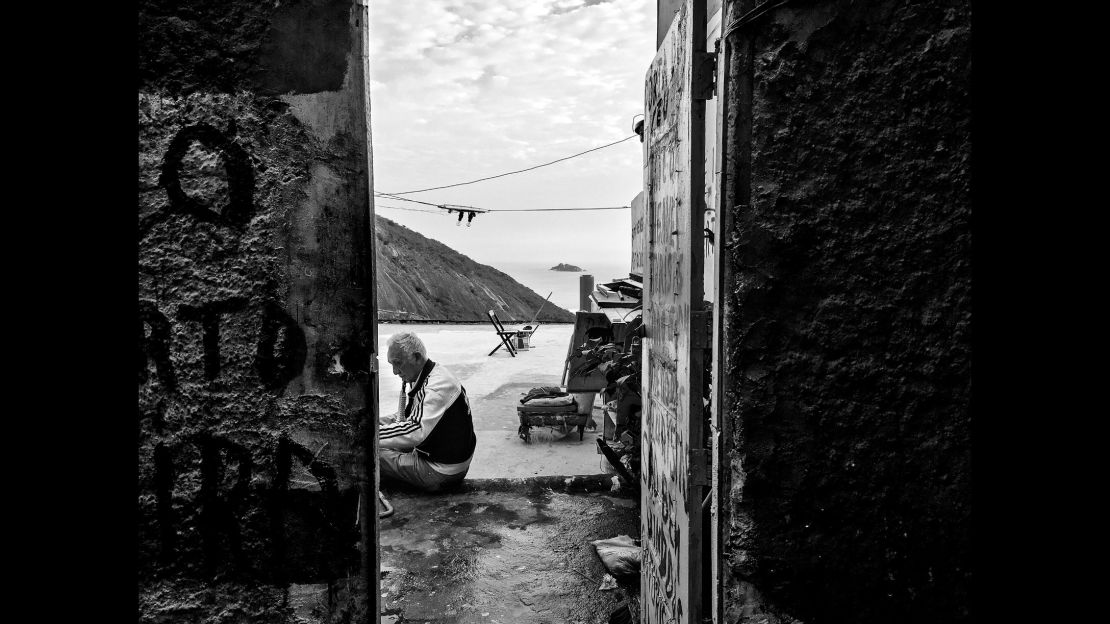
Art director, Andre Havt and designer Karina Abicalil are the minds behind the project.
“Rio de Janeiro has more than 22% of its population living in slums, but those residents are integrated into the city. They work and study outside of their neighborhoods, but people outside know little about them. There is an invisible wall that separates the realities,” Havt told CNN.
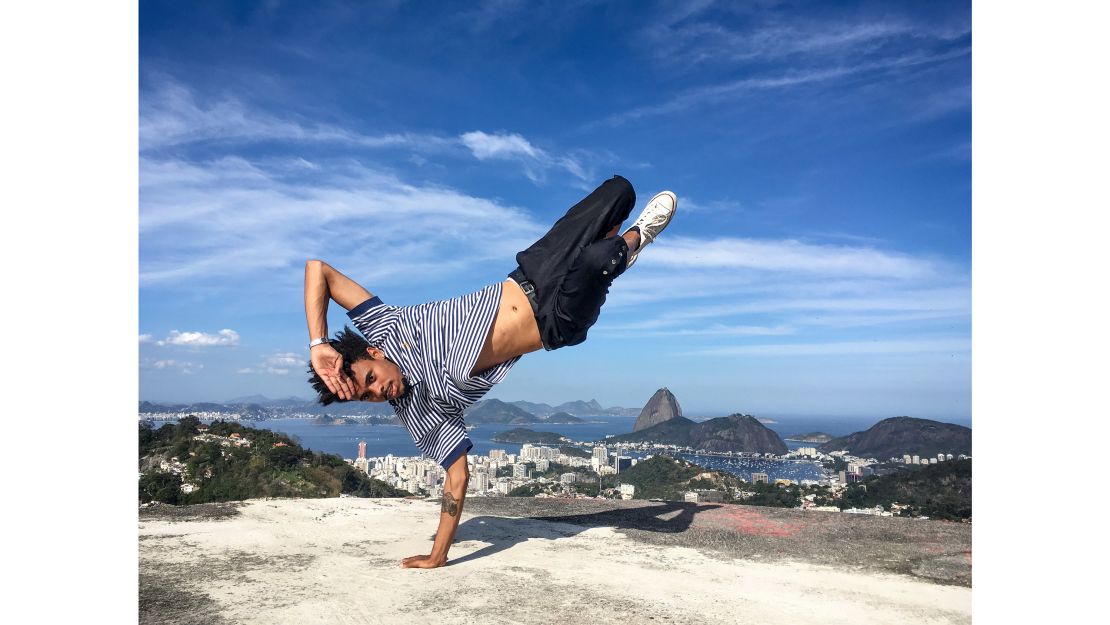
For him, the photos break down those barriers.
“There are elements of discomfort, beauty, provocation and irony, but most of all there is truth. Using residents’ camera phones also made people more comfortable. They’re less invasive than big cameras,” he added.
The collection, supported by Rio de Janeiro’s Culture Department, has been so successful that several pictures were chosen to be displayed at the city’s Museum of Modern Art (MAM) until December.
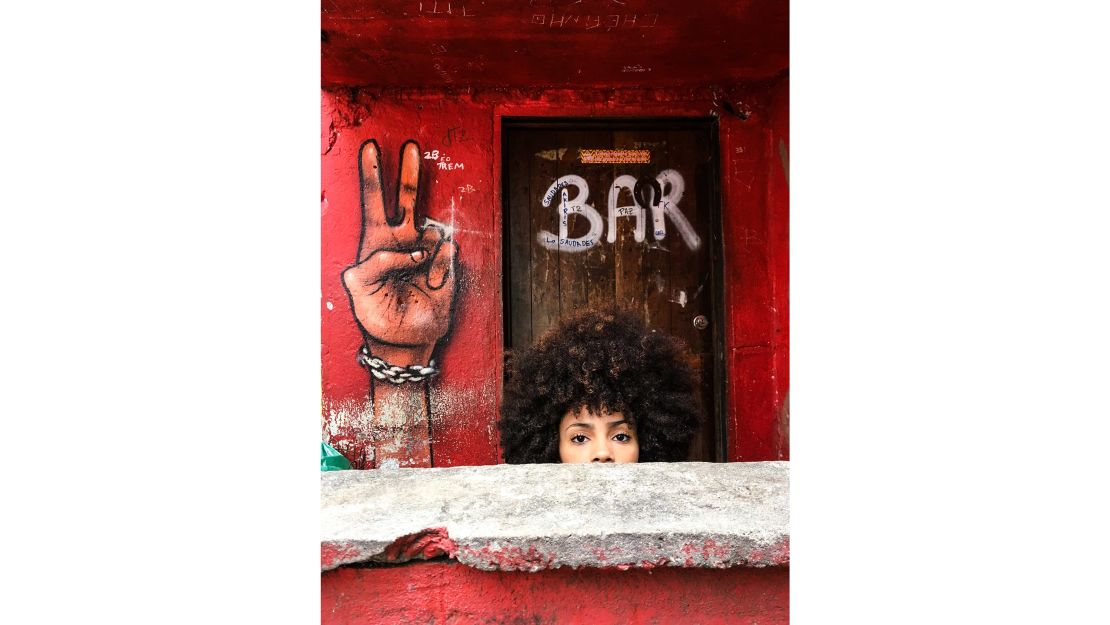
Havt told CNN the project’s popularity has forced him to rethink his own prejudices.
“When meeting Elana Paulina, the photographer of the Santa Marta Slum, I thought, ‘how can a driver of a funicular at a slum become a photographer?’ Well, she can and her photographs are in the museum with all the others.”
Related article: Here’s your 90-second A-Z of Brazilian culture
Below, CNN spoke with some of Favelagrafia’s photographers.
Elana Paulino, Santa Marta
When not driving passengers, Elana Paulino, 34, is raising her four children while she completes a degree in radiology.
“I have lived in Santa Marta since I was born,” she told CNN. “I loved participating in this project. The important thing with these pictures is that they show a different side of people who live in slums: we are just like everyone else.”
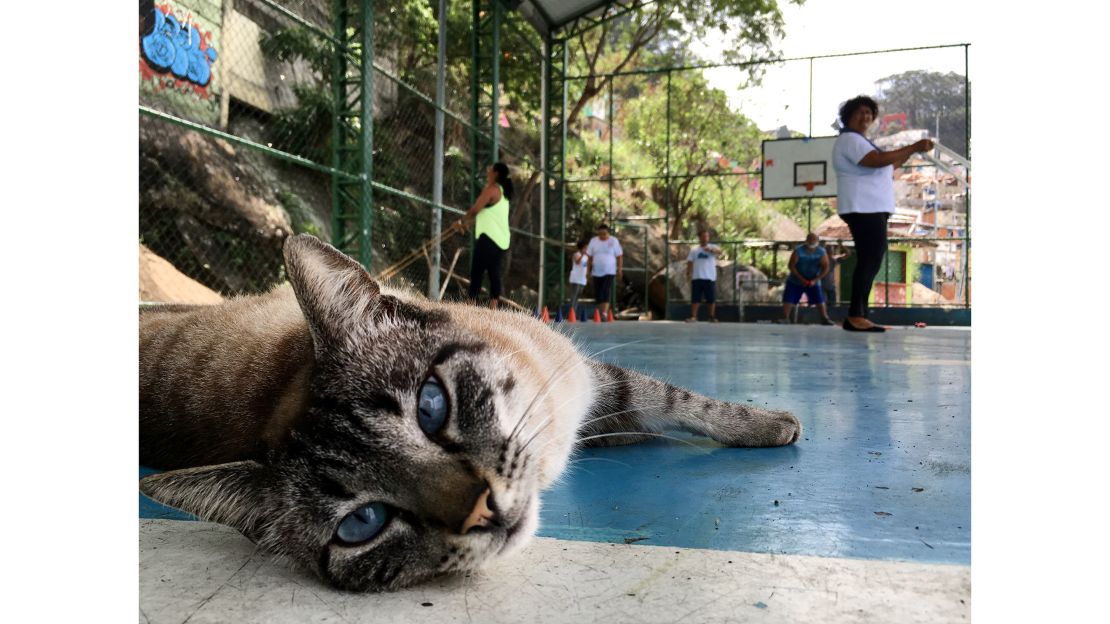
Anderson Valentim, Borel
One of the most popular photos shared on social media comes from Anderson Boren, a music teacher who has been living in the Borel favela for 34 years.
Through his music lessons he comes across many talented young Brazilians who are often dismissed as criminals and delinquents.
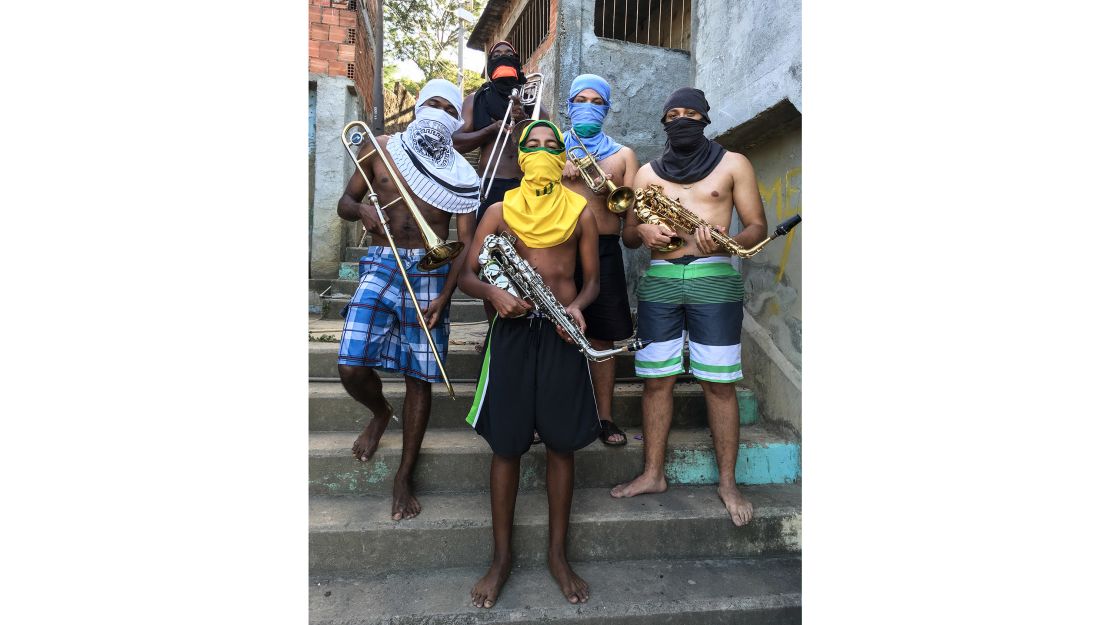
“This project changes the way that our slums are seen from the outside. Even with the big social and economic difficulties (they face), most citizens work, study and make a respectable living. But not even 10% of that is reported in newspapers,” said Valentim. “Our fight is to get that message out there.”
Jessica Higino, Mineira
At only 23-years-old, Jessica Higino is one of the youngest Favelagrafia photographers. She told CNN her photos don’t hide anything.
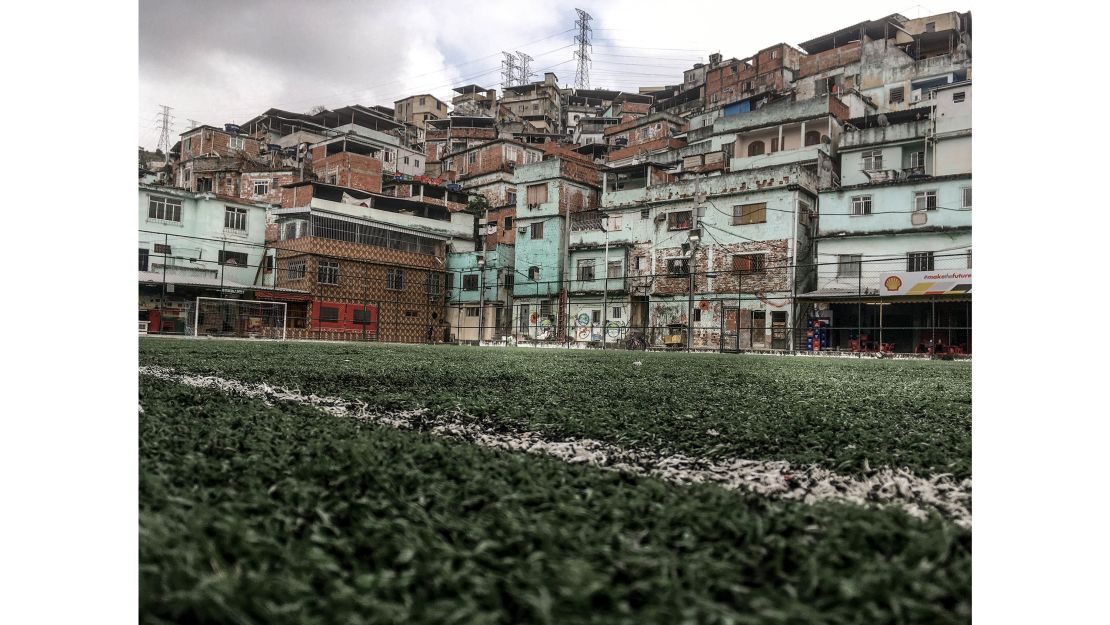
“Every photographer has a different style. My pictures are some of the colder, gloomier ones in the collection because I wanted to show the wasted potential of the slums so that people want to stimulate these places and their culture,” Higino told CNN.
“At the same time, I show children playing football and rushing through the alleys all day. I show a bit of everything with my photos because I want people to learn everything about my community,” she added.
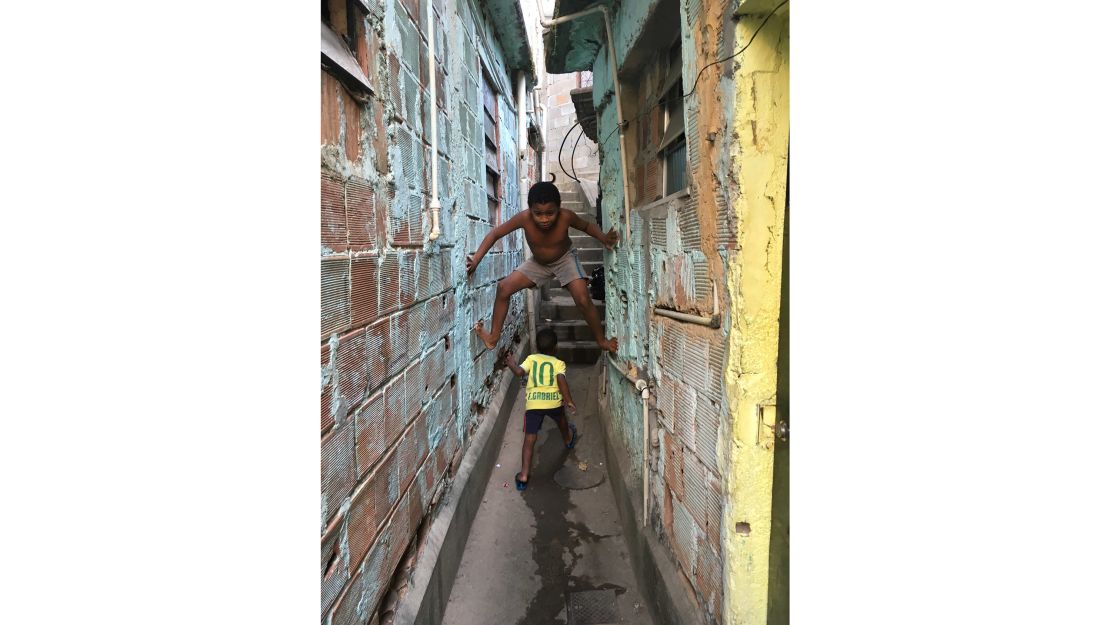
Josiane Santana, Complexo do Alemao
Josiane Santana, 29, lives in one of Rio’s largest slums and also wanted to use photography to demystify how her neighborhood is seen.
“I’m from Complexo do Alemao which is seen as one of the most dangerous places in Rio de Janeiro, but I don’t want people to look at it like that,” she told CNN.
A journalism student, Santana said she wanted to show the vibrant and bright side of her home that rarely gets showcased in the media.
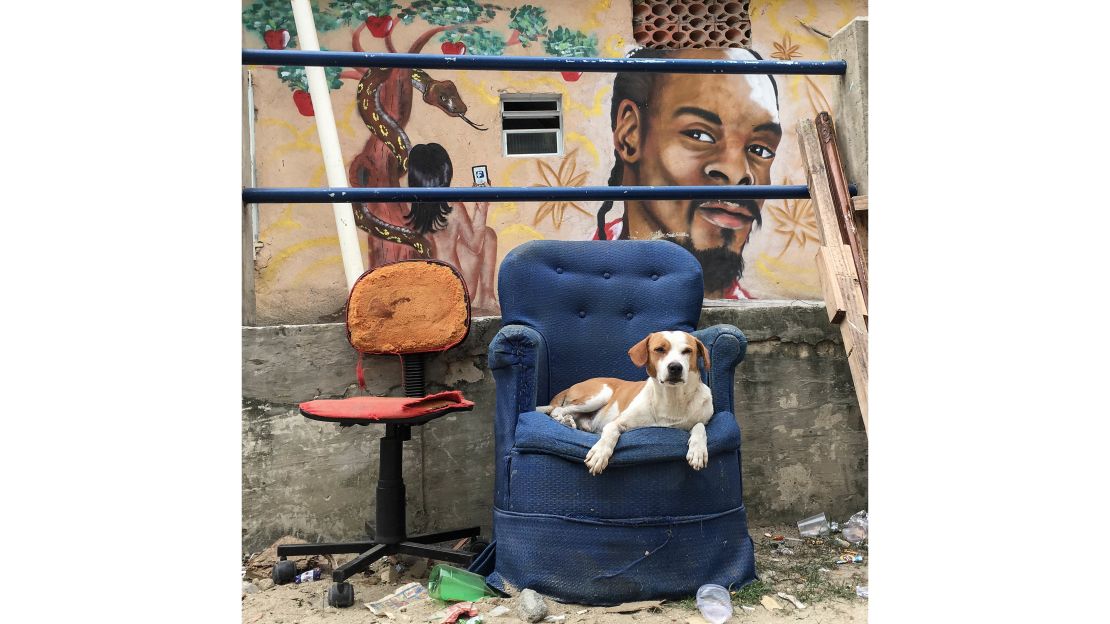
“Complexo da Alemao is a beautiful place. There are powerful young people that do wonderful work here. In my pictures you can see children, diverse architecture, colorful alleys. You can see talent,” she said.
The final message? An invitation to the slums
For the project’s art director, Andre Havt, the success shows how photography can change stories, people and prejudices.
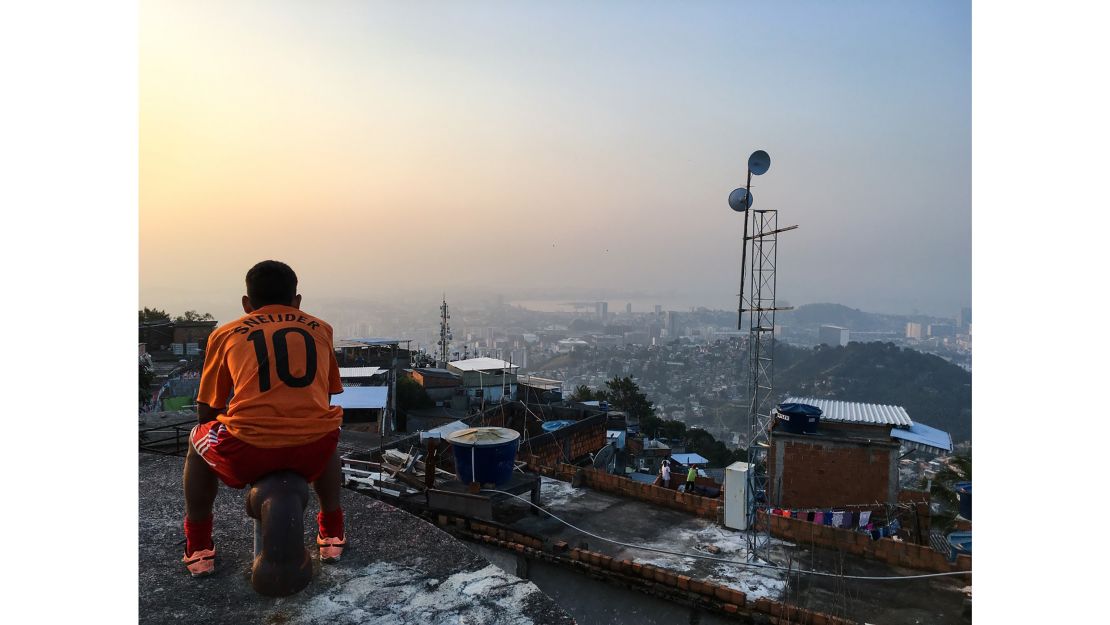
“We invite everyone to enter these slums and let their art transform you,” Havt told CNN. “In Favelagrafia, photography swaps guns for musical instruments and transforms chaos and stereotypes into beauty.”














